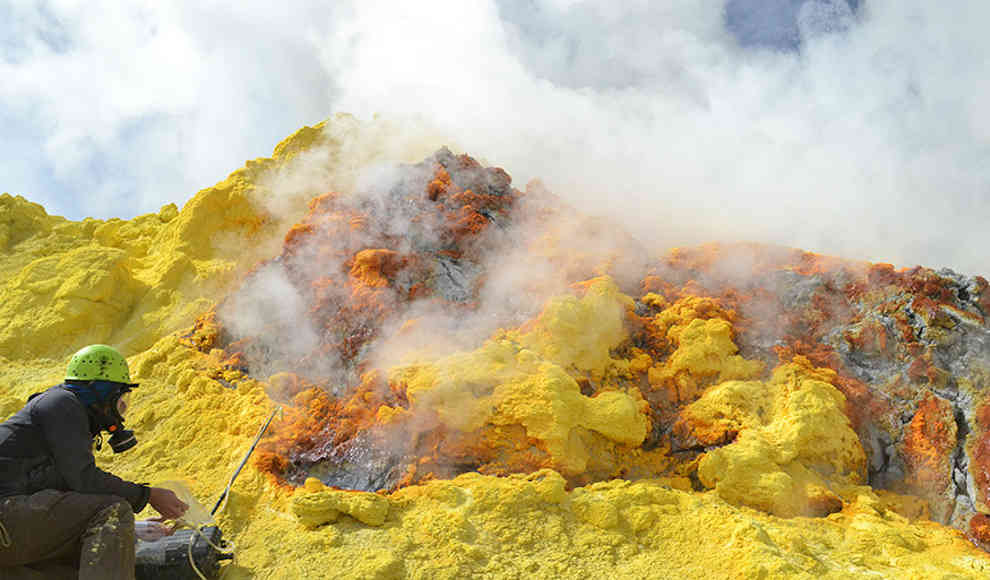The Earth contains a total of 1.85 billion gigatons of carbon, with 99.9% of it being located below the surface. Of the 43,500 gigatons on the surface, 37,000 gigatons are found in the deep sea, while the atmosphere only contains 590 gigatons of carbon. Scientists from the Deep Carbon Observatory (DCO) have identified human CO2 emissions as the biggest risk to the natural carbon balance. After a decade of research, the DCO has published the results of their study in a special edition of the scientific journal Elements. The study found that the Earth’s carbon is distributed across the Earth’s core, mantle, and crust, in both chemical compounds and elemental form.
The Earth’s carbon cycle is a fundamental aspect of the planet’s ecosystem. Carbon is released into the atmosphere through natural processes such as volcanic eruptions and the burning of fossil fuels. However, carbon is also removed from the atmosphere through processes such as photosynthesis and storage in rocks and oceans. The DCO’s study found that the Earth contains a total of 1.85 billion gigatons of carbon, with 99.9% of it being located below the surface. The atmosphere and Earth’s surface only contain 0.1% of the Earth’s carbon, with 43,500 gigatons located on the surface. Of this, 37,000 gigatons are found in the deep sea, which remains a CO2 sink despite increasing emissions.
The study highlights the importance of understanding the natural carbon cycle and how it is affected by human activity. The DCO’s research found that between 300 and 400 million tons of carbon are released from the Earth’s surface each year through geological processes such as volcanic eruptions. While the Earth has maintained a balance between the carbon brought into the Earth’s interior through subduction and the carbon released by volcanoes over billions of years, the study raises concerns about the stability of this balance. The DCO’s findings suggest that human CO2 emissions pose the greatest risk to the Earth’s carbon balance, potentially disrupting the balance in the short or medium term.










